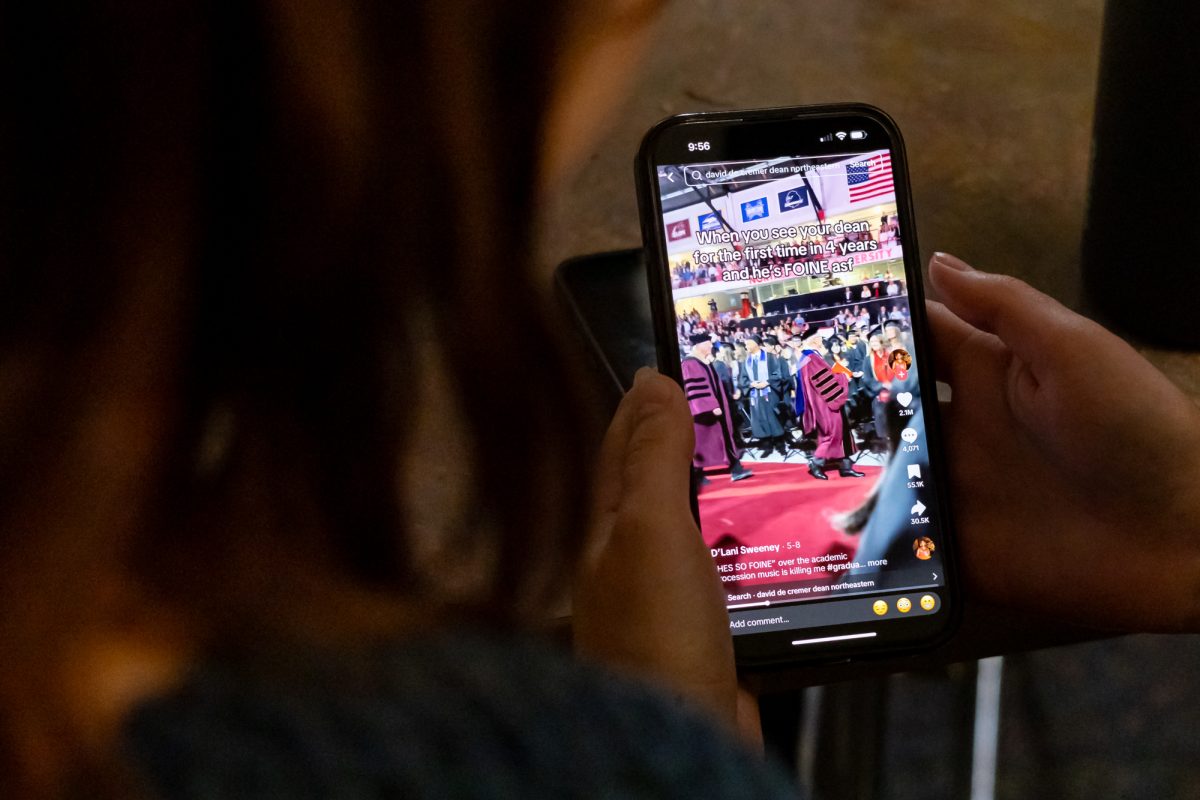By Brenda Maguire, News Correspondent
Musical stairs feel like they would lead to Willy Wonka’s chocolate factory, or maybe Pee-wee’s Playhouse. But these musical stairs lead to the MIT 150 Exhibition at the university’s museum.
The Massachusetts Institute of Technology is celebrating 150 years at the MIT Museum with an exhibit in Thomas Peterson ’57 Gallery. Both the exhibition and the gallery opened to the public Jan. 8.
The exhibit takes museum-goers on a trip through the last 150 years of MIT, showing what its students and professors have accomplished. The show also displays the diversity of the research and innovation that has come from MIT.
The exhibition holds a collection of 150 artifacts ranging from an underwater exploration vehicle to the outer-space simulator that tested the software on every Apollo mission.
Deborah Douglas, curator of science and technology at the MIT Museum, organized the exhibit into 10 thematic areas, including Academic MIT, MIT’s Boston and Uniquely MIT.
Pieces featured include a stair-climbing wheelchair invented in 1962, one of the first Technicolor film cameras created by MIT students and a professor in the 1930s, and a painting by the famous New England artist and MIT graduate, Charles H. Woodbury.
The museum also has a scaled model of the city of Boston, created in order to help research solutions when windowpanes began falling from the John Hancock tower in 1976. The small model was used to show how pedestrian-level winds would affect a new large structure. The model shows the entire Boston skyline and is mirrored with a picture of the city on the adjacent wall.
In 2009, the MIT Motorsports team built a Formula Society of Automotive Engineers race car, which is suspended by wire in the museum. Every year, students participate in designing and building of similar race cars for class credit.
The variety of artifacts in the exhibit was not lost on MIT alumnus and Associate Director and Principal Research Scientist at the MIT Nuclear Reactor Laboratory Lin-wen Hu, who spent some time taking in the new exhibit.
“(There is) diversity of the research in different areas,” Hu said. You know there are some exhibits on art, robotics and biomedical research. So, it’s just the variety of science and technology.”
Semi-retired consultant lawyer Charles Lynch found himself spending the morning looking at the exhibit, although he has no ties to MIT.
“I’ve heard it was a good museum and I have never been on this campus before,” Lynch said.
He said he came to see the “the death mask,” a mold of former MIT President Richard C. Maclaurin that was made before he died in 1920 so his portrait could be painted.
“I was curious of the death mask,” Lynch said. “I didn’t see a reason for such a thing at this day in age so I was curious to read about it.”
The MIT Museum is open daily from 10 a.m. to 5 p.m. Student admission is $3.








